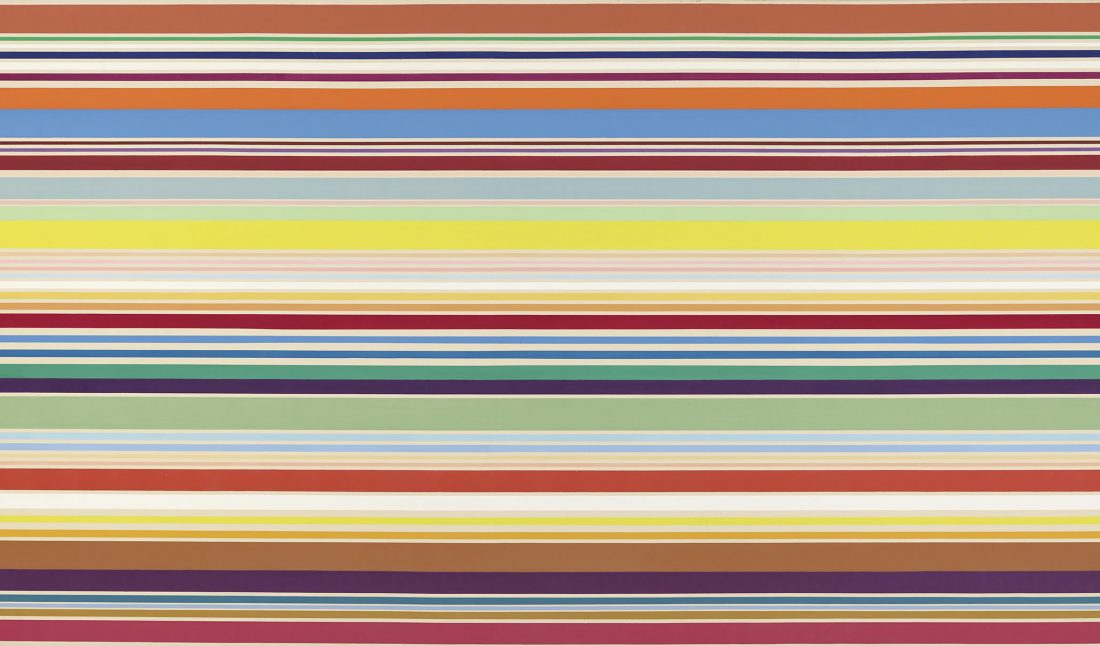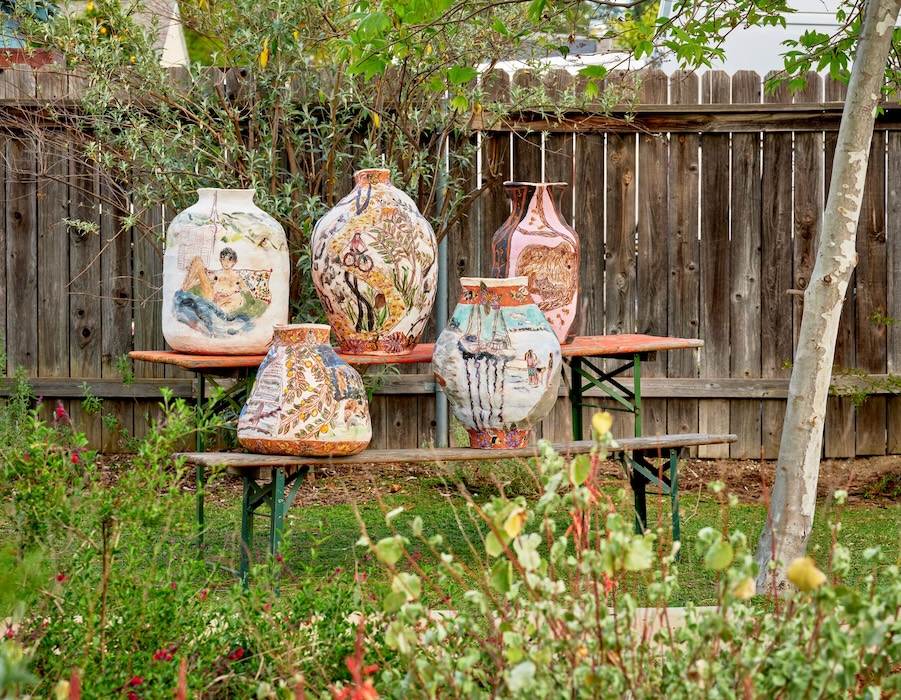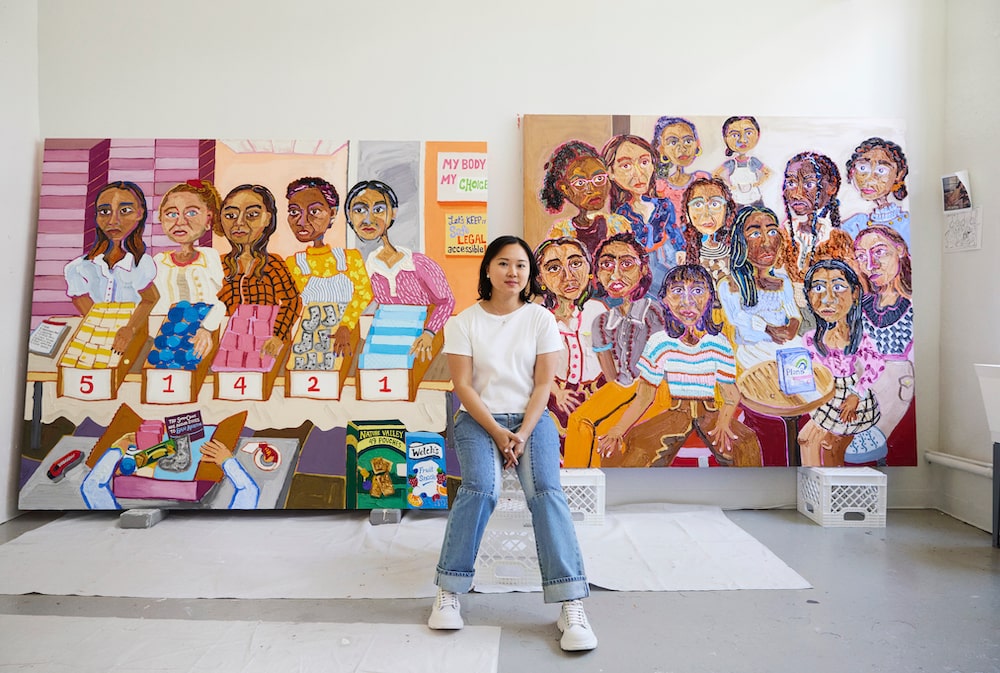Currently on view at the Whitney Museum of American Art is “Spilling Over: Painting Color in the 1960s.” The exhibition focuses on the medium from the 1960s to the early ’70s, showing paintings entirely from the museum’s collection, by artists like Emma Amos, Kay WalkingStick, Ellsworth Kelly, Sam Gilliam, Helen Frankenthaler, and Frank Stella. Half of the works on view haven’t been shown at the Whitney in over 25 years.
Whitewaller talked with David Breslin, the museum’s DeMartini Family curator and director of the collection, about how the show explores color as a social and political matter.
WHITEWALLER: The show looks at how personal, social, and political conditions impact perception. What made you interested in looking at a new conversation around perception and color at this time?
DAVID BRESLIN: Scholars like Darby English, with his book 1971: A Year in the Life of Color, have done extraordinary work recently to situate the stakes of abstraction at a moment of cultural change. With hindsight, and with the benefit of new ideas, we can see that artists working with abstraction and color were creating spaces as much as they were creating paintings. Paintings can trigger individual, unconscious responses; but the places where paintings hang, especially a public place like the Whitney, are social spaces.
So we’re faced with a situation where the personal and the social, the emotional and the political, are all mixed up. We can think of color tugging at our unconscious—of longing, or love, or feeling, or things for which we don’t have language. But color also can direct us to an idea of perception—even the unconscious—as biased or trained. At a moment when we’re thinking intersectionally, it also seemed important to create a context where a range of artists and their works could create this conversation in space.
WW: How are you hoping audiences will relate to these works in today’s context?
DB: What I love about these works is that they’re not trying to direct you; their abstraction is an invitation for each of us to create new ways of being, seeing, and being seen—in effect, they argue for the power of abstract thinking, which, at times of impasse, is the only way to get somewhere new. I hope people who encounter these paintings also will see that joy, pleasure, politics, and critical thinking can go hand in hand—as Emma Goldman supposedly said, “If I can’t dance, I don’t want to be in your revolution.”
WW: Why was it important for you to not categorize the works on view by movements like Pop or Op art?
DB: I think some categories are useful, and it’s dumb to chuck out the work of great critics and scholars who help us to see that differences matter. But, in this case, scrambling received categories becomes a way for people to see commonalities before they go to distinctions. I think that’s interesting for both aesthetics and politics. But creating novel juxtapositions is fundamentally important to allow certain paintings to be seen again—I mean, really paid attention to. Abstraction is something too frequently passed by, because the neighbors look like they “should” be the neighbors. But this just entrenches ways of seeing—which is categorically the opposite of what these artists were trying to achieve.
WW: The exhibition is pulled entirely from the museum’s own collection. As director of the collection, were there moments where you saw works in a whole new light? Do you have an example?
DB: When we looked at the works in storage— some of which haven’t been installed at the museum in a very long time—I was struck by their vibrancy and power, their freshness. But you also couldn’t ignore their frames—clunky wood or metallic strip frames that really speak to a period. The old frames—a style very much in vogue at the time they were first shown—belie what is still contemporary about the paintings. So we took many frames off. We’ll leave some, like the Stella, unframed. And we’ve made new ones for the others. It’s like looking at a completely different group of paintings. At the end of the day, an exhibition itself is a kind of frame. And it’s our opportunity to create these settings, or frames, to allow audiences to see the contemporary relevance of historical art—to see anew.











